Beijing
Shinjiro Okamoto The Pioneer of Japanese Pop Art
2020/8/15–9/30
Tokyo Gallery+BTAP is honoured to announce the forthcoming solo exhibition of the Japanese artist, Shinjiro Okamoto, which will take place from 15th August to 30th September 2020. Six sets of works by the artist from the 1950s will be displayed in the BTAP gallery space, including the Ten Indians series which was awarded Grand Prize at The Museum of Contemporary Art Nagaoka Prize exhibition in 1964, the Insect World series shown in the 1966 solo exhibition at Tokyo Gallery, as well as the Cherry Blossom series from the 1980s that reflects on war. This exhibition offers a retrospective overview of the artistic career of Shinjiro Okamoto after the artist’s decease earlier this year.
Preface
Shinjiro Okamoto is a widely acclaimed pioneer of Japanese Pop Art, despite personally never having identified with this moniker bestowed upon him by outside observers. I believe this might have to do with the complex versatility of his art, which has made it difficult for some to understand the full scale of his achievements. Two ideas can be teased from Okamoto’s own description below on the complex features of his art: “In the Japanese literary world, you’ve got the Akutagawa Prize for fine literature (or belles lettres), and then there’s the Naoki Prize for popular literature. A middle ground between the two has also been established. My paintings run the gamut of all of these categories. Or perhaps they reflect on everything from a transcendent vantage point.”
Born in 1933, Shinjiro Okamoto’s childhood coincided with post-war Japan’s era of rapid changes. Overnight, the USA and Britain – the “demon allied forces” as they had previously been called – became idealized states revered by the entire population. That which had been considered righteousness in the past, was now regarded as evil. Still at an impressionable age, the young artist experienced a full-fledged reversal of social values as well as the people’s disillusionment of the reality they had previously regarded as true. This ended up influencing his later artistic creations at a fundamental level. His profound nilhistic critical attitude, maintaining his doubt and estrangement to mainstream values; his expressive modalities which fictionalised reality, creating works at once conventional and profound. The ambiguity of his oeuvre’s content, as well as the artist’s foothold in secular society while at the same time distancing himself from ordinary ideas, are inherently related to the life-changing psychological impact he underwent during his formative childhood years.
Shinjiro Okamoto’s outstanding artistic contribution lies in his innovative use of a novel, critical style of painting which differed from the types of painting and manga that prevailed at the time. His painterly explorations, which combined manga and modern art, provided inspiration and references for his successors. In the early 1960’s, the artist had already received various art prizes with his original brand of art. His works eventually made their way into noteworthy international art institutions such as New York's Museum of Modern Art (MoMA) and the Kunsthaus Zürich. It’s safe to say his pioneering contributions to the art world cannot go unnoticed. Following Okamoto’s passing in the spring of this year, Tokyo Gallery has put together a commemorative exhibition. As a good friend who is quite familiar with the particulars of his personal life, I am also taking part in the exhibition. It is my hope that this exhibition will lay the groundwork for further delving into the complex nuances and indubitable value of Okamoto’s art.
Wang Shuye in August 2020
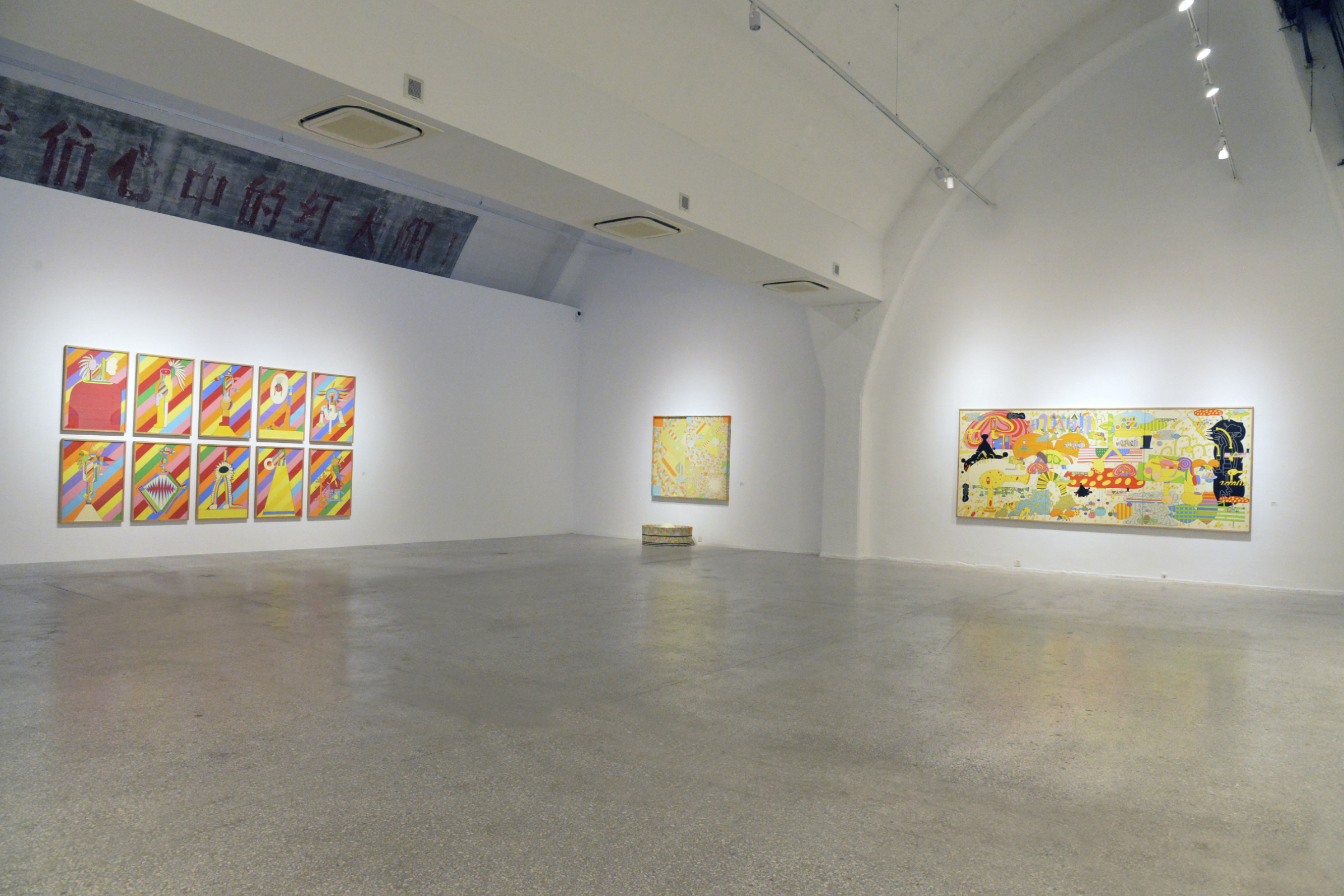
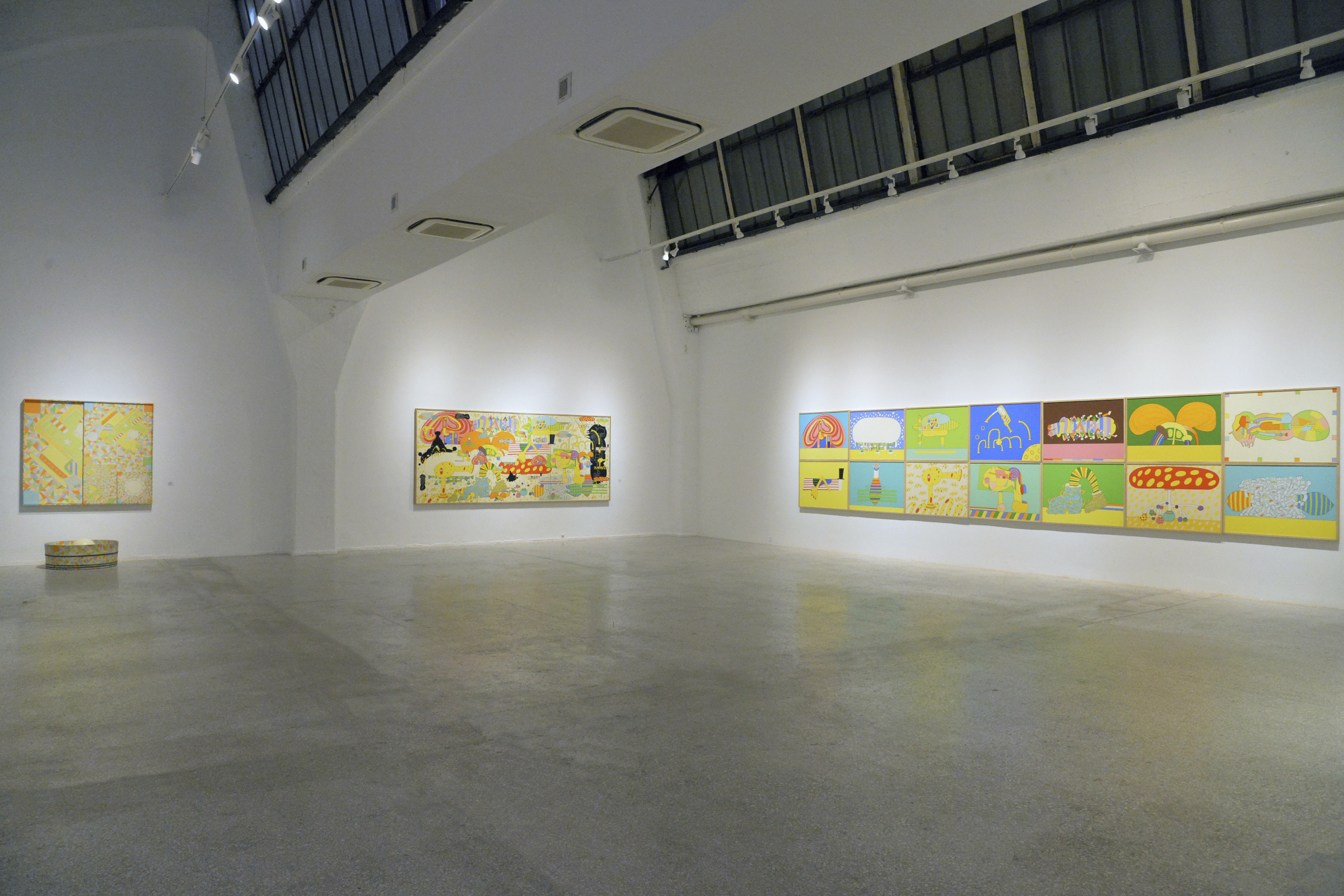
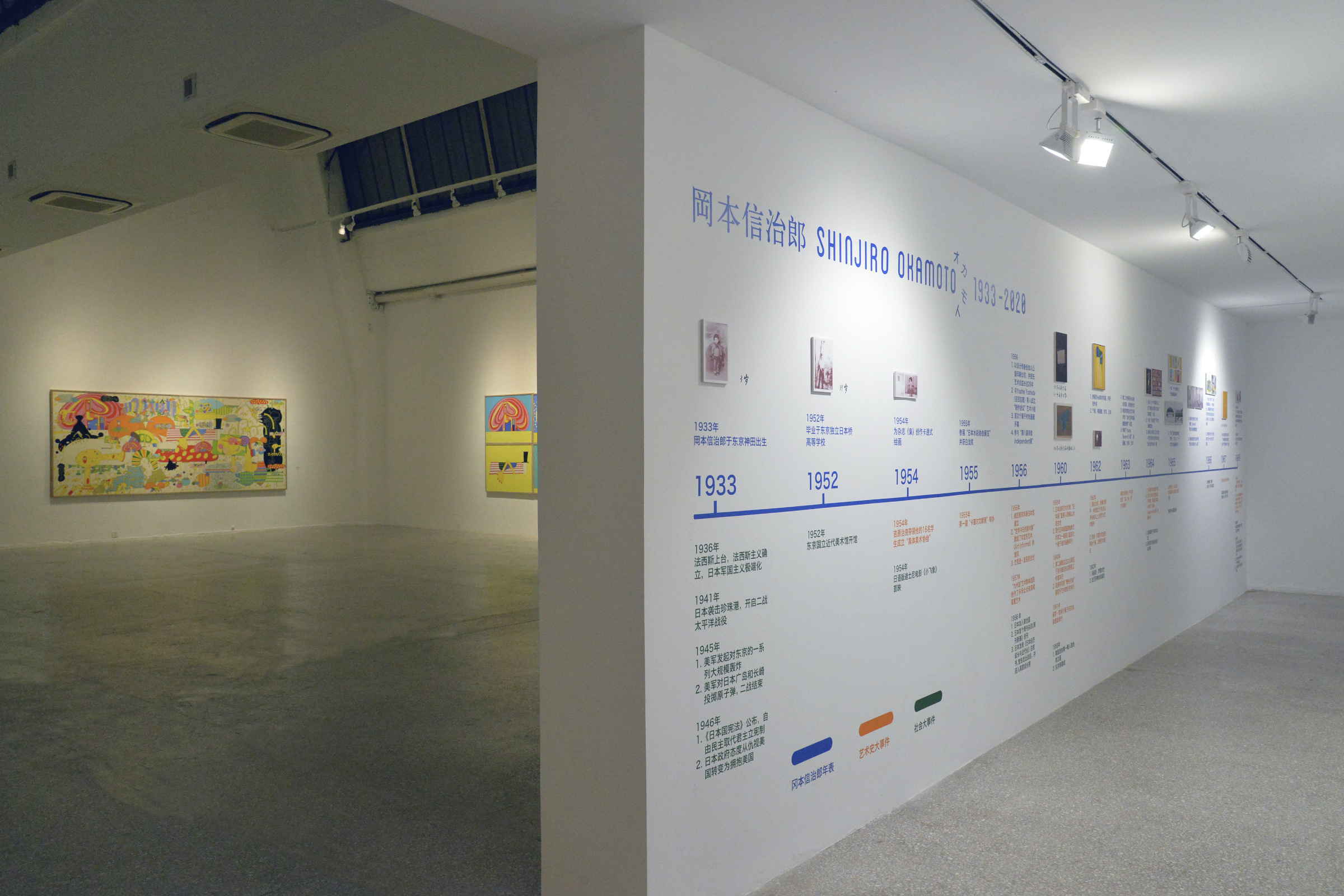
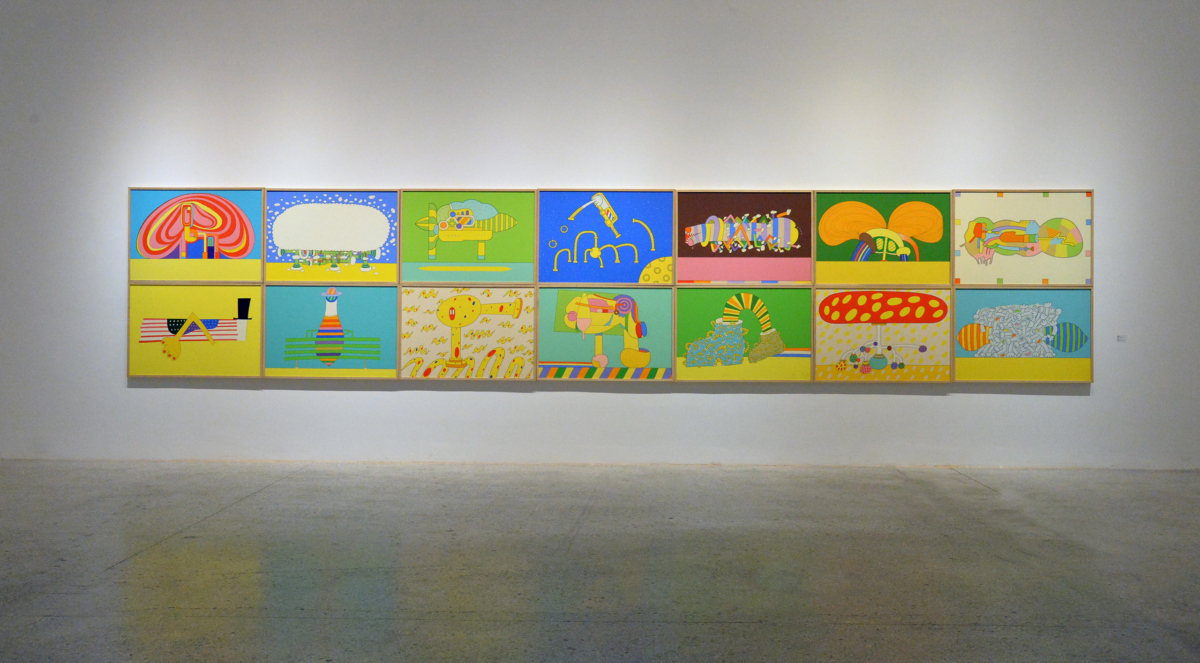

,100x72.7cm-x10,布面丙烯,1996-1200x800.jpg)
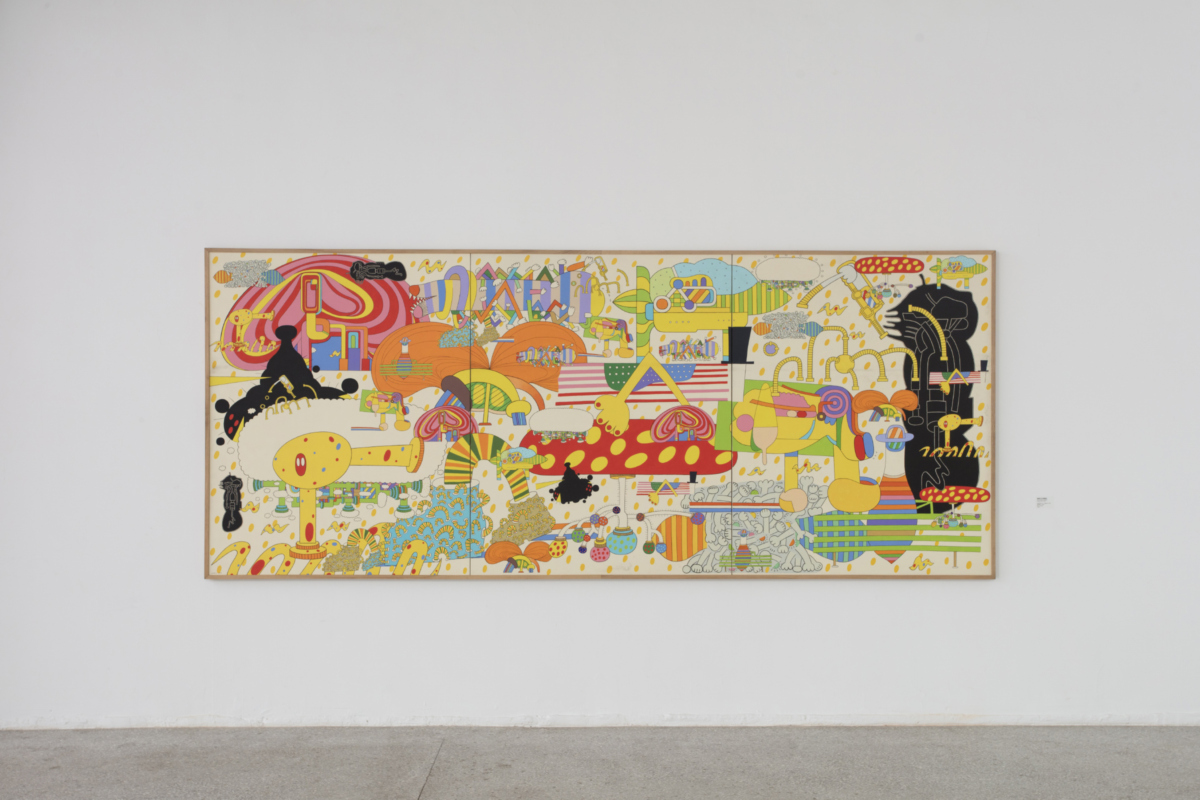
,91x91cm-x4,丙烯颜料、塑料球,1999-1200x1803.jpg)